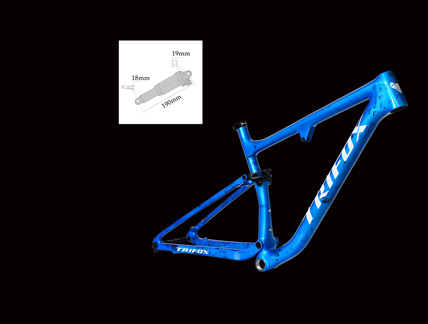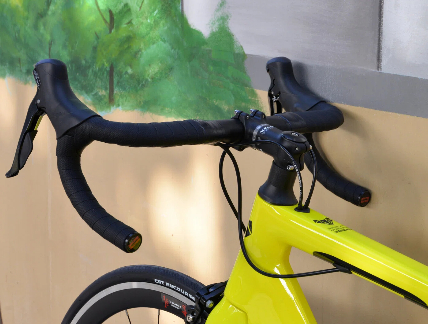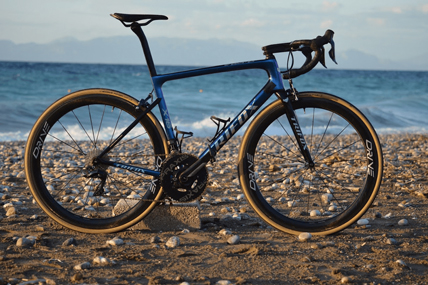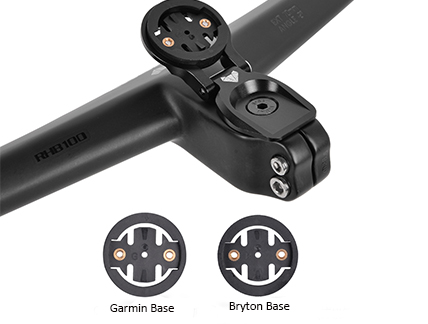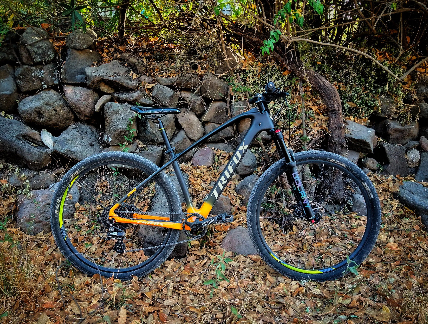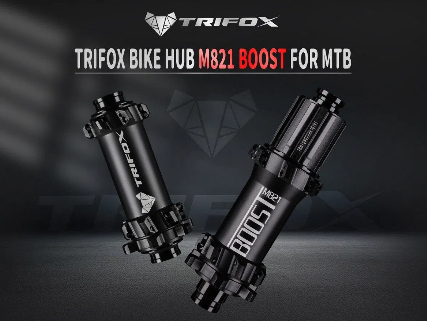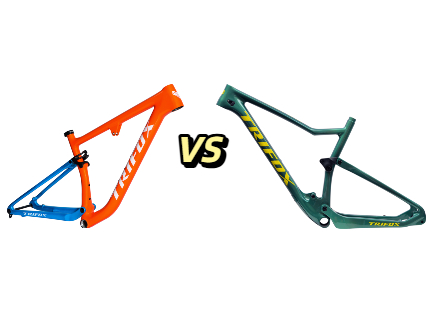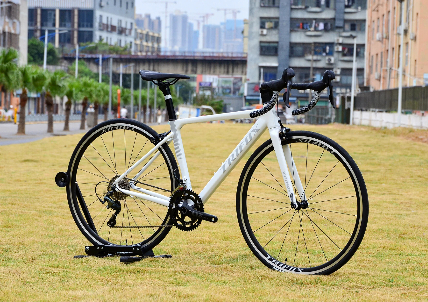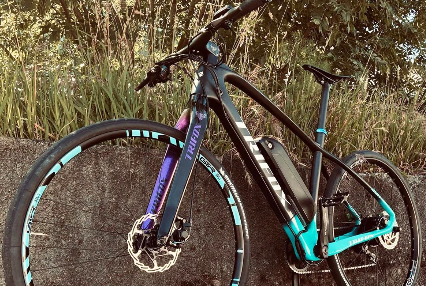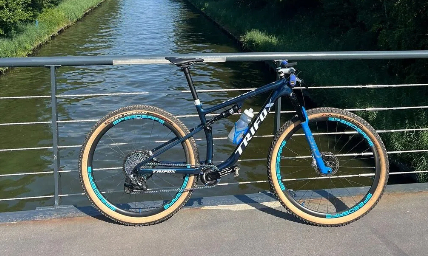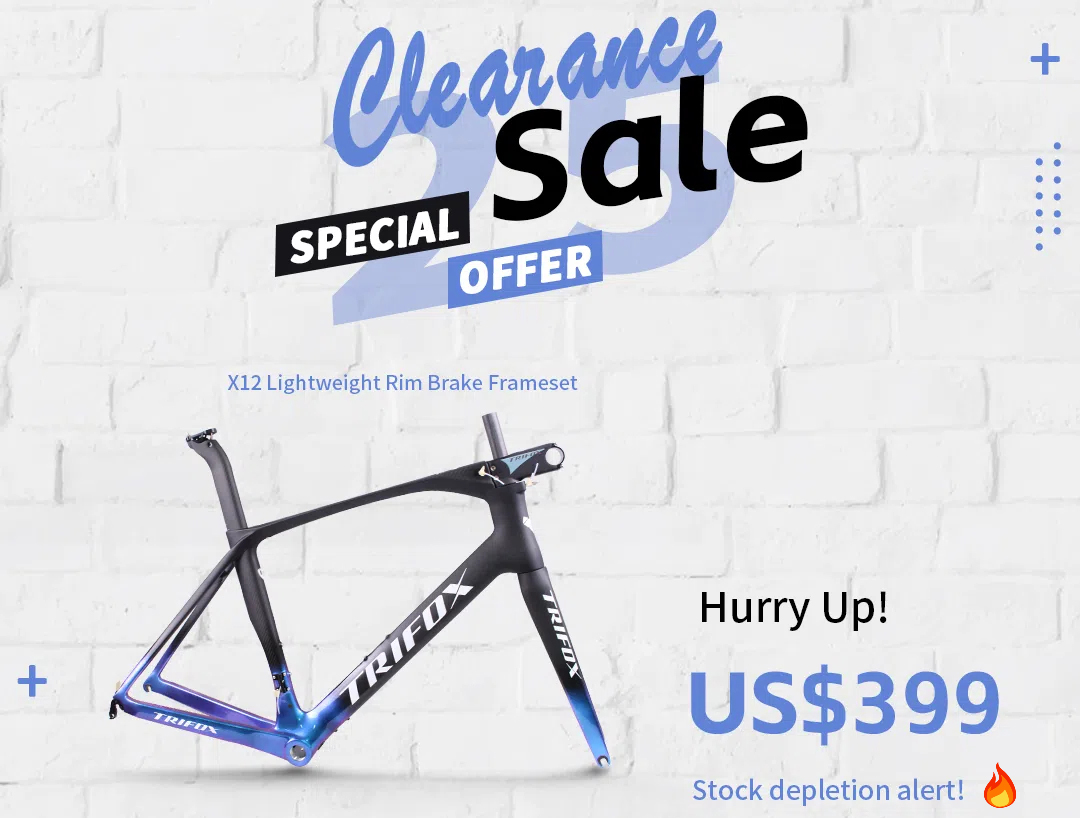Building a custom mountain bike (MTB) is an exciting venture for any cycling enthusiast. It allows you the freedom to select components that match your specific riding style, preferences, and terrain needs. One critical, yet often overlooked, aspect of this process is determining the correct spoke length for your MTB wheels. The right spoke length is vital for wheel strength, performance, and reliability.
Understanding the Importance of Correct Spoke Length
Spokes are the thin metal rods connecting the wheel's hub to the rim. Their tension keeps the wheel true (straight and round), affecting the bike's handling, responsiveness, and ability to withstand impacts. Too long or too short spokes can lead to weak wheels, prone to deformation or failure — a risk no rider should take, especially on challenging mountain trails.
Step 1: Gather Your Components and Specifications
Before you begin calculations, ensure you have all the necessary information about your wheel components. You'll need:
ERD (Effective Rim Diameter): This is the diameter of the rim where the spokes make contact, not the outer diameter. Manufacturers often list this measurement, but it can also be measured directly if you have the rim.
Hub Dimensions: Specifically, you'll need to know the flange diameter (the circle diameter that the spoke holes make), center-to-left flange distance, and center-to-right flange distance.
Number of Spokes and Lacing Pattern: Decide how many spokes your wheel will have (commonly 32 or 36 for MTB wheels) and your lacing pattern (e.g., 3-cross, 4-cross).
Step 2: Understand the Basic Spoke Length Formula
The spoke length can be calculated using a mathematical formula that considers the rim's ERD, hub dimensions, number of spokes, and lacing pattern. While the formula might seem daunting at first, there are many online calculators available to simplify the process. Essentially, the calculation accounts for the geometric relationship between these components to determine the correct spoke length.
Step 3: Use an Online Calculator
For most builders, using an online spoke length calculator is the easiest and most accurate method. Websites like ProWheelBuilder.com or the DT Swiss Spoke Calculator allow you to input your components’ specifications, and the calculator does the work for you. These tools consider the intricacies of different lacing patterns and provide the spoke length down to the millimeter.
Step 4: Consider Spoke Stretch and Tension
While calculators offer precise measurements, real-world factors such as spoke stretch under tension can affect the final wheel build. Experienced wheel builders might subtract a small length (usually around 1mm) from the calculated figure to account for this stretch. This step requires some experience and knowledge about the specific spokes being used.
Step 5: Ordering Spokes and Building the Wheel
Once you have your spoke length determined, you're ready to order your spokes. It's advisable to order a couple extra in case of mistakes or miscalculations during the build. Then, proceed with the wheel lacing, starting by threading spokes through the hub and into the rim in your chosen lacing pattern, followed by tensioning and truing the wheel.
Additional Tips for Success
Double-Check Measurements: Always verify your measurements and calculations before ordering spokes. An error here can result in a poorly built wheel.
Consider Professional Help: If this is your first time building a wheel or if you're unsure about any step, consider seeking help from a professional wheel builder. They can offer valuable insights and ensure your custom wheels are built correctly.
Custom Tools: Some builders recommend using a spoke tension meter during the build process to ensure even tension across all spokes, which is crucial for wheel durability and performance.

Conclusion
Calculating the correct MTB wheel spoke length for a custom build might seem complicated, but it's a fundamental skill that can significantly impact your bike's performance and durability. By carefully selecting your components, accurately measuring, and utilizing online calculators, you can ensure that your custom MTB wheels are precisely tailored to your riding needs. Remember, patience and attention to detail are key in this process, and when in doubt, don’t hesitate to consult with a professional. This not only guarantees the success of your project but also enhances your overall riding experience on the trails.































































